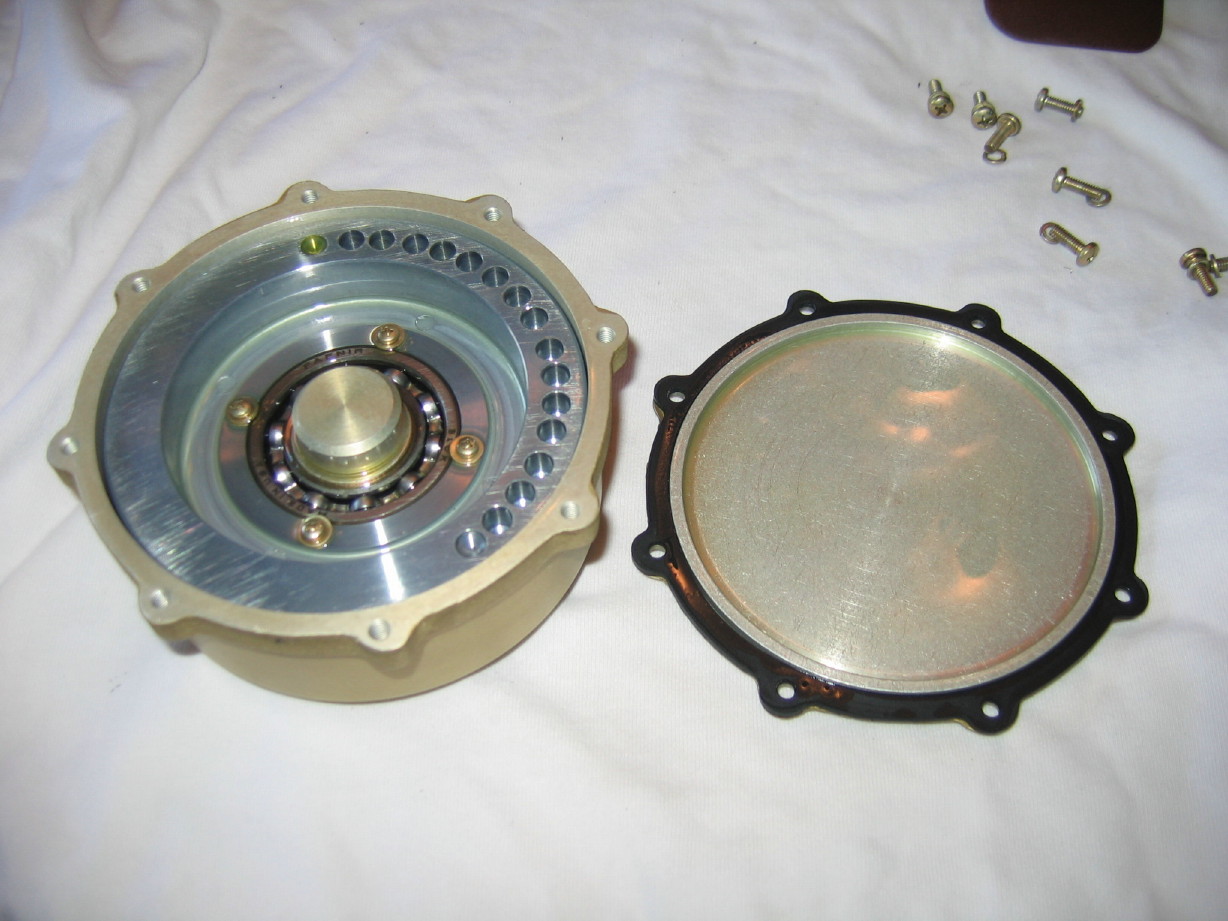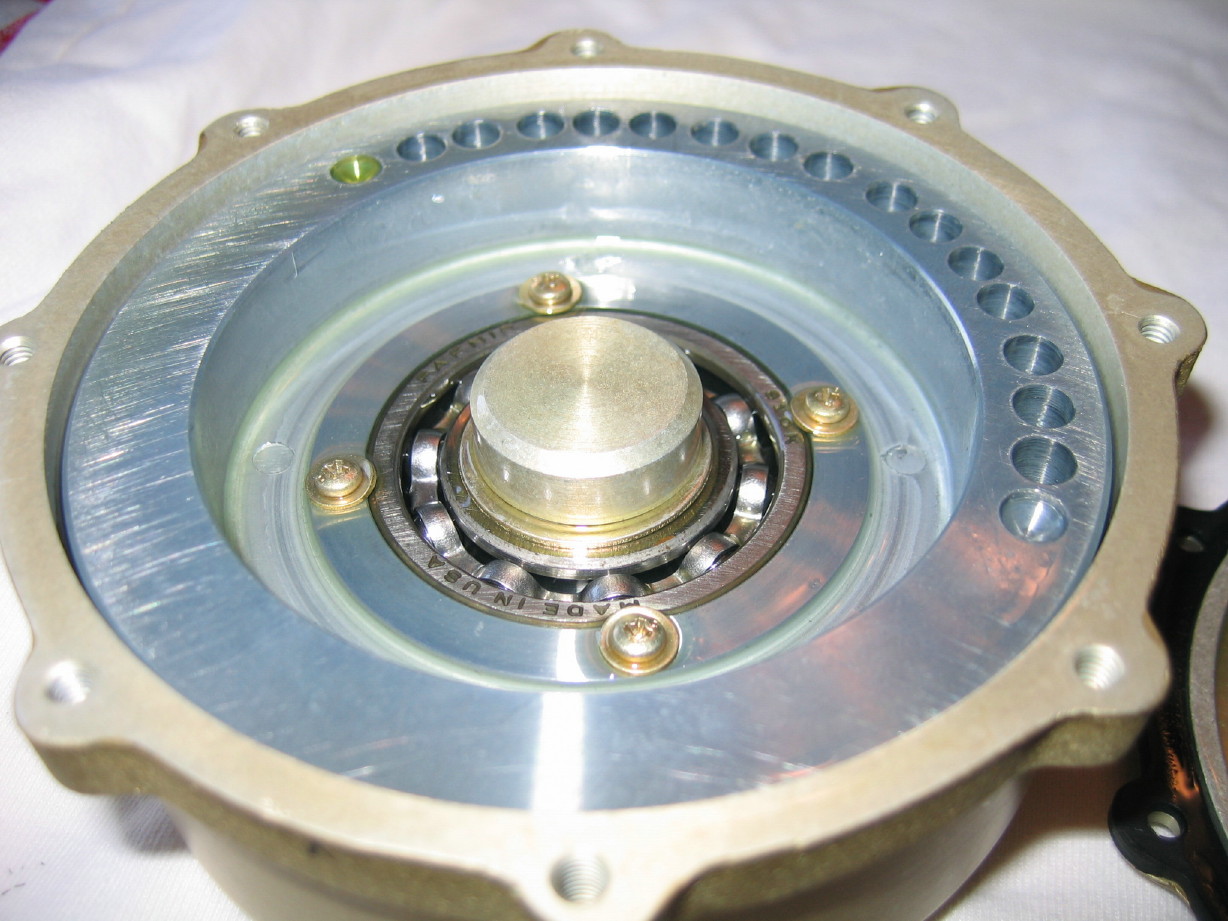sweetbeats
Reel deep thoughts...
Productive evening as far as Matilda is concerned...
Still having a problem getting the transport into PLAY mode with the switch on the control panel. Not all the time but when it does it stays that way for awhile. I can get it to play by manually by pushing on the proper relay in the relay box and the relay holds so there is holding voltage, just not the initial voltage to energize the coil. I'll trace that down later. For now its not that big a deal to have to reach around behind the machine and push on the relay.
Also was able to listen back to Sunday night's recording. Hard to tell through just one ear of a set of headphones (still working on a summing mixer to rack up in the MM-1000), but I WILL say it is all there (a full reel's worth) on one track and there is no funkiness/dropouts/warbling, etc. Sounds like it did in the room which is to say its overpowering in the mid-range, and its obvious I need to work on my shofar technique.
I'll try to get an mp3 of that up at some point.
- Got the tape path cleaned up (again)...

- Got the two rolling guide bearings replaced...no more crazy noises during fast-wind.
- Got the brakes re-adjusted. I was having trouble with the high adjustment on the supply reel (provides braking in the counter-clockwise direction)....couldn't tighten the springs down enough to get the right resistive force. Then I saw it...for all the over-engineered facets of this machine I think the plates to which the brake solenoids and one end of the brake bands anchor could have been a little thicker. Looks like after 40 years sharp impact from the solenoids actuating the plate was just slightly crowned. That was enough to allow just enough slack in the brake band that it couldn't be properly tensioned up. Bent it straight and it works great now. Just took a tiny bit...sensitive adjustment.
- Degaussed the entire tape path which took a bit. My Han-D-Mag was getting HOT!
- Set all the tensions (PLAY holdback and takeup tension, FFWD holdback, REW holdback and PLAY boost torque). This is a relief as I've been dreading this a little bit. There are no instructions for setting these things using a Tentelometer...its all using spring guages with cords wrapped around reel hubs. I was picturing a dreadful mishap involving a spring guage going *thwap*thwap*thwap*...wasn't too bad and didn't take long. Things were pretty close but there was room for tweaking. Now that I have a baseline using the factory method I can measure the current tape tension using my Tentelometer and then use that to check in the future. The other trick is that Steve Puntolillo suggested setting playback tension using an amplitude droop method: reproduce 16kHz on a test tape. Reduce the playback tension until there is an amplitude droop. Find the tension at the knee point and then increase tension by 1oz and call it good. It'll be interesting to see how close the factory method got the tension to this amplitude droop method. Another day...have to bake my MRL...have to find the snackmaster. We bought one about 6 months ago. Haven't used it yet.
Still having a problem getting the transport into PLAY mode with the switch on the control panel. Not all the time but when it does it stays that way for awhile. I can get it to play by manually by pushing on the proper relay in the relay box and the relay holds so there is holding voltage, just not the initial voltage to energize the coil. I'll trace that down later. For now its not that big a deal to have to reach around behind the machine and push on the relay.
Also was able to listen back to Sunday night's recording. Hard to tell through just one ear of a set of headphones (still working on a summing mixer to rack up in the MM-1000), but I WILL say it is all there (a full reel's worth) on one track and there is no funkiness/dropouts/warbling, etc. Sounds like it did in the room which is to say its overpowering in the mid-range, and its obvious I need to work on my shofar technique.
I'll try to get an mp3 of that up at some point.






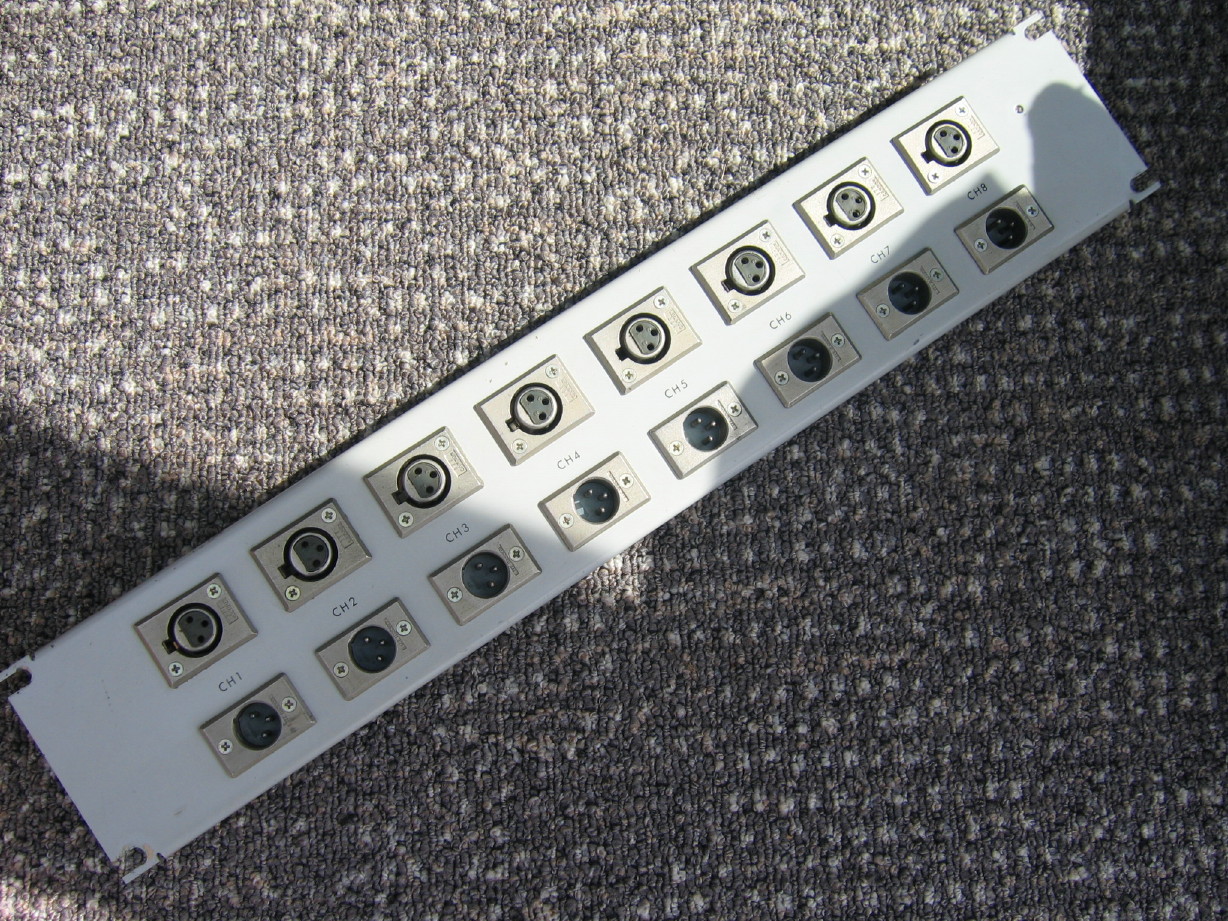
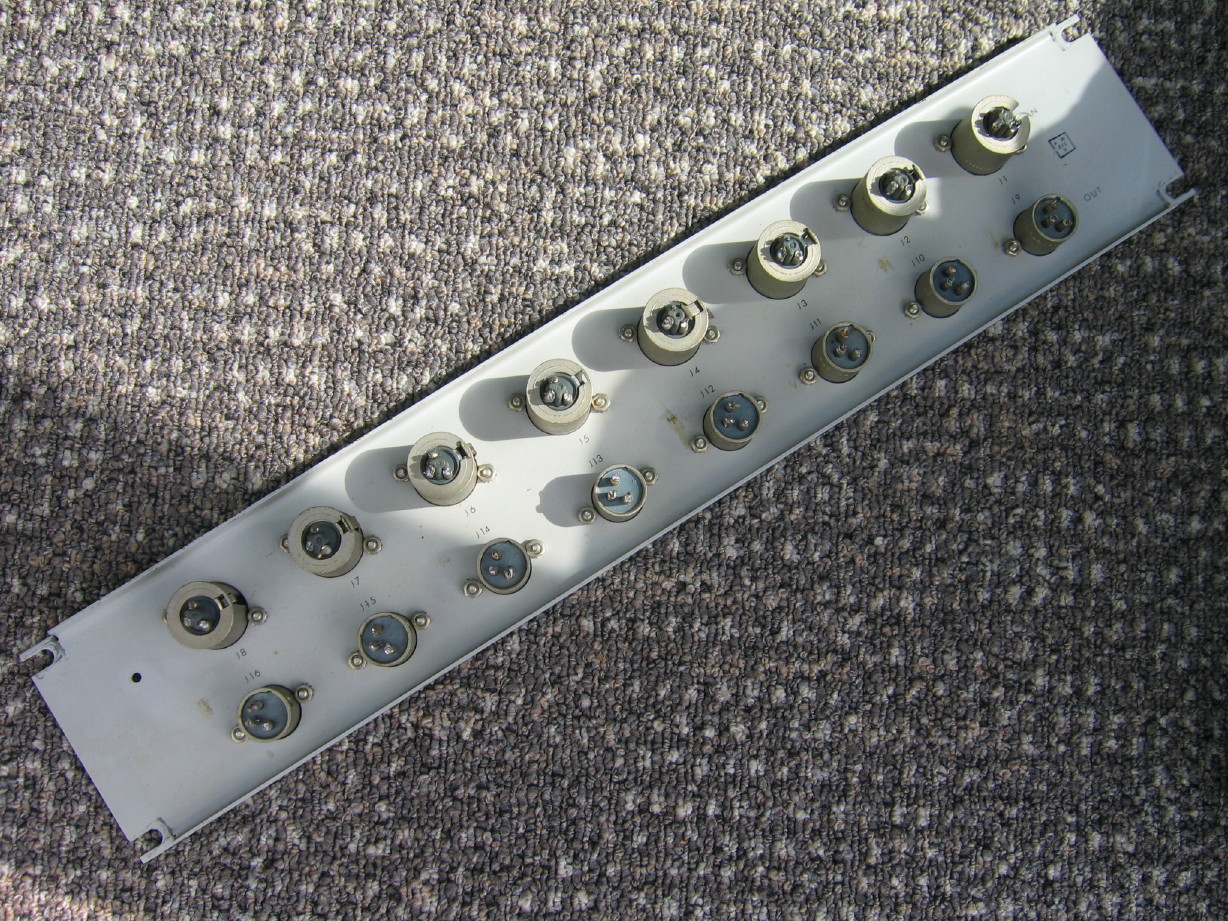
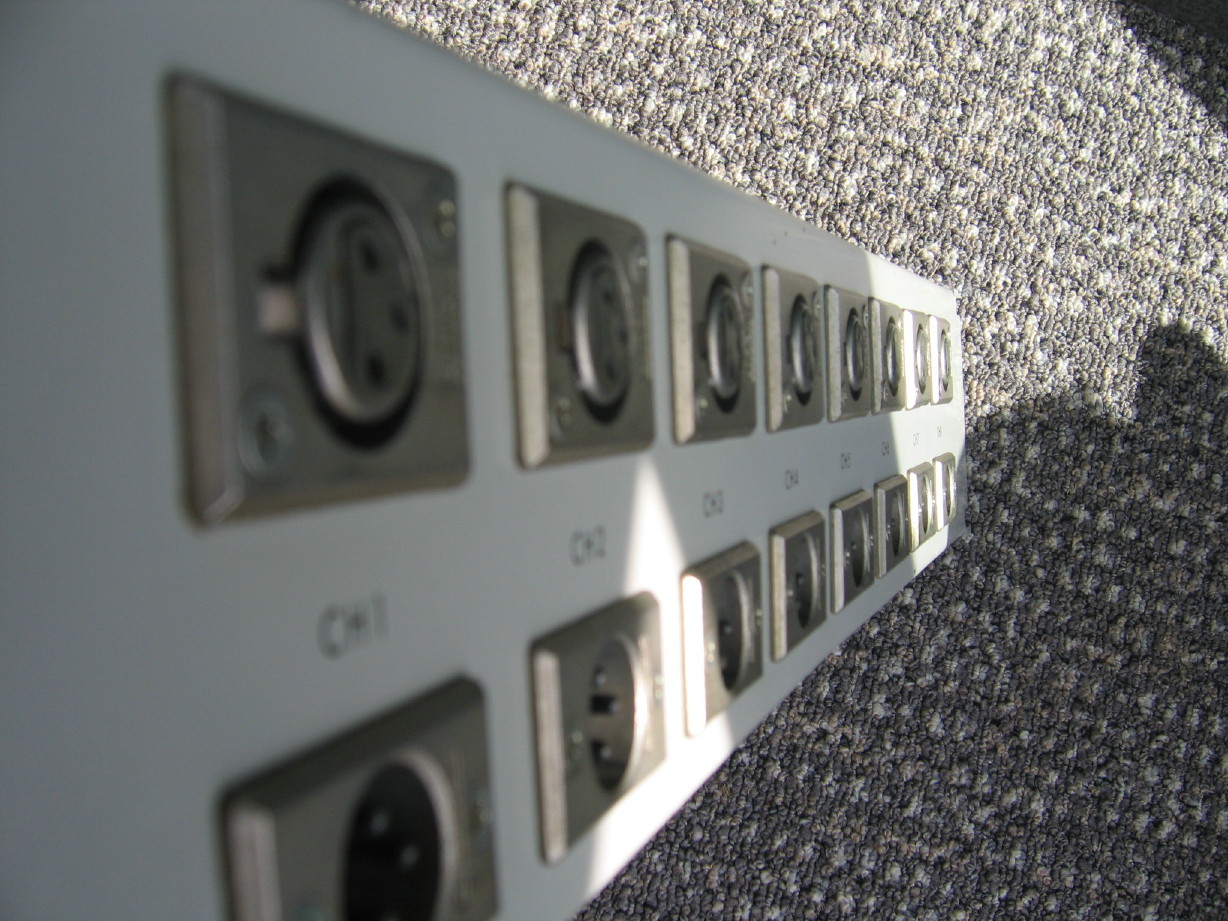
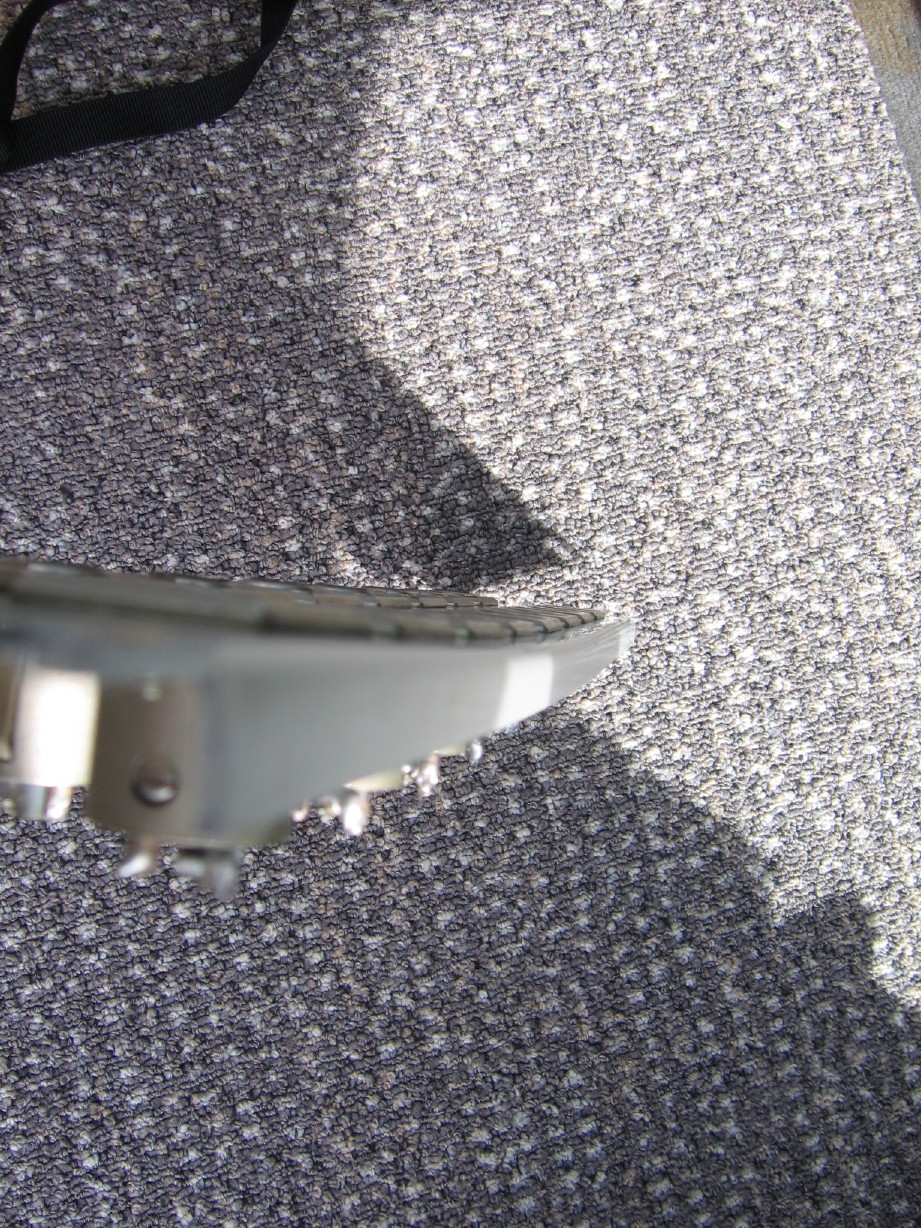
 That's about 0.016" difference. Sound small? Its enough to answer why I have trouble with a precision reel and not a standard reel (as the whole reel sits higher and the flange is thicker on the precision 6-screw reel). Couple more measurments to do but ultimately I may be looking at having another pair of spacers made up that are slightly thinner to use underneath each reel when using precision reels.
That's about 0.016" difference. Sound small? Its enough to answer why I have trouble with a precision reel and not a standard reel (as the whole reel sits higher and the flange is thicker on the precision 6-screw reel). Couple more measurments to do but ultimately I may be looking at having another pair of spacers made up that are slightly thinner to use underneath each reel when using precision reels.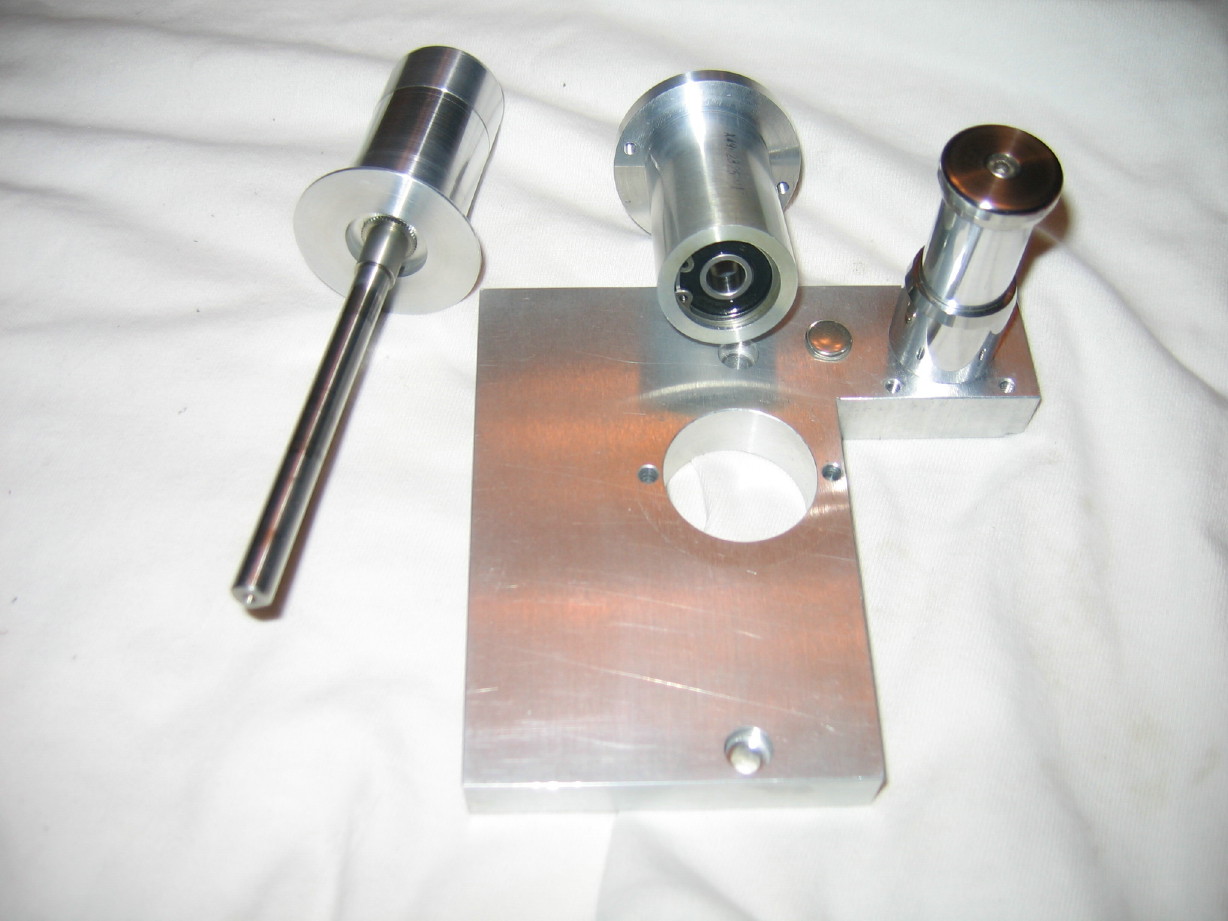
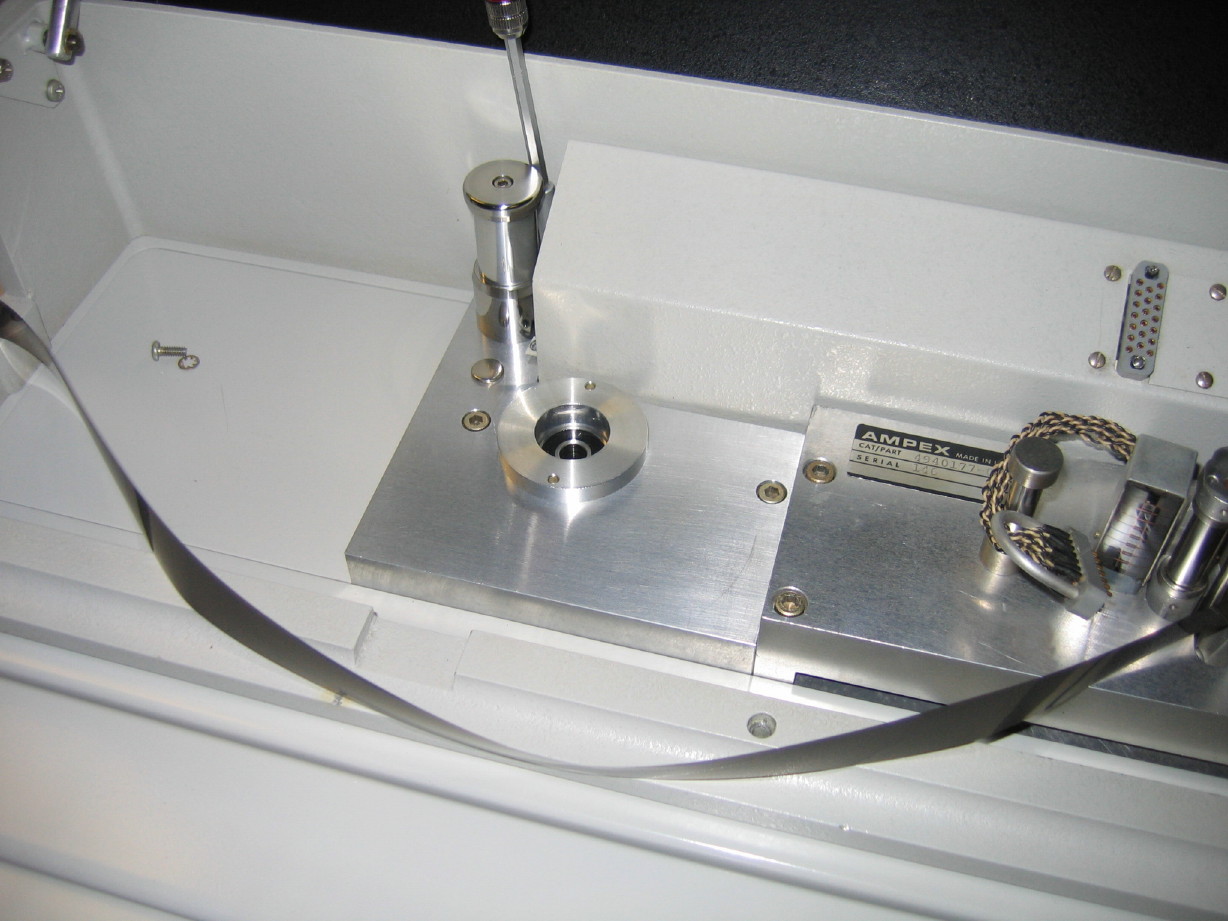

 ...okay, its late. I'm going to see if anybody at the Ampex List can help me on that one as well as what oil to use.
...okay, its late. I'm going to see if anybody at the Ampex List can help me on that one as well as what oil to use.